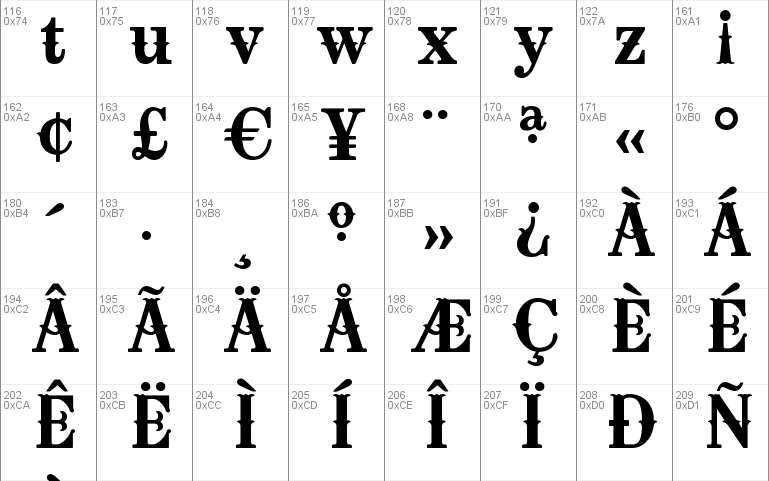

As you can see below, I have linked primary image to the USMF branding: what image we use, any additional notes, contact details, etc.
Axapta barcode font location how to#
If you have a requirement to maintain multiple brands for the same legal entity have a look at this blog post, it shows you how to extend standard functionality to link brand with Financial dimension.ĭocument images is the list of images that we can use in our brands.īranding details, here we define report branding, i.e. In the standard functionality your Brand Id must match with legal entity otherwise it will not work, therefore we are limited to have only one brand per company. To use document branding we have to setup:ĭocument brand, the brand we going to use in the reports. It can be opened from Organization administration > Setup > Branding In this post I will walk you through the steps on how we can use Document branding together with configurable business documents.īefore we start to change format of the report, let’s have a look on the Document branding setup.
Axapta barcode font location install#
To use it we do not need to install Application Suite Modern Designs as Document branding setup is available out of the box. I am referring to Document branding functionality that was created primarily for Modern report designs. In addition to these options there is another one, that not everyone knows about. Of course, it does not make any sense to leave it as it is, therefore you must either manually change it in all the templates or bind this image in a model mapping with the company banner or report logo. If you worked with configurable business documents, you may already know that all templates supplied by Microsoft has standard predefined image in the layout. Testing the model gives following result, we select value for parent: and when switching to the child – it is already set: If you try to change it for the child, you won’t be able to, since we applied restriction from the parent: It is not inheritance as such, however it propagates value from the parent to subcomponents and restricts a user to change the value for the child. Basically we are restricting selection of the subcomponent (NS_Pconf_Sub) value with the selection of the parent (main item). The last step is to assign Expression constraint to the main component (NS-Pconf-Main) with the following formula: country=NS_Pconf_Sub. Then, I have assigned the same attribute “country” to both main component:


Note the subcomponent solver name “NS_Pconf_Sub”, we will use it later. I have also created and linked a subcomponent to it: I have created new product configuration model for the main product called “NS-Pconf-Main”: I am using standard environment with Contoso demo data to demonstrate it. The scenario we are covering is configure-to-order process where we configure finished product for a customer, and while we are doing configuration, we would like some attribute choices from “main” product to be inherited to the subcomponents. So, I decided to write this blogpost and share my findings with you. I have been asked a very simple question today and when I tried to search for an answer all I could find was just a few posts on dynamics community from users asking same question with no answers. I have been involved in several implementations that included product configurator functionality and all I can say it is one of the very powerful but not very well documented features.


 0 kommentar(er)
0 kommentar(er)
